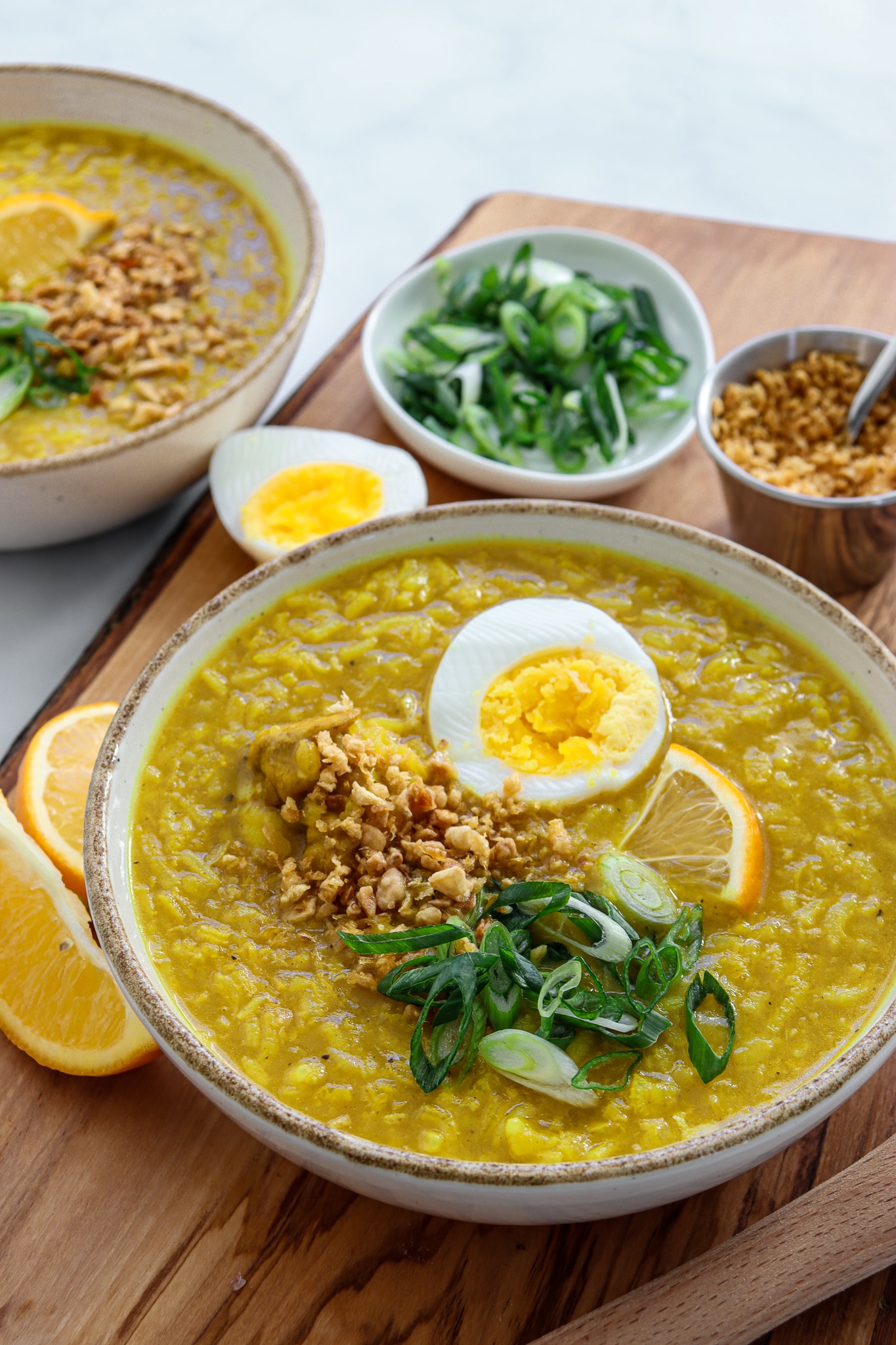Enjoy Iconic Filipino Food Recipes Everyone Loves.
Genuine Filipino Food Recipes to Try at Home
Discovering authentic Filipino food recipes provides an opportunity to appreciate the complex flavors and social significance behind each dish. From the well-liked Adobo, with its savory marinate, to the appetizing Sinigang that embodies the significance of Filipino convenience, these dishes welcome a much deeper understanding of standard cooking techniques. Utilizing fresh, local components is important, as is embracing communal eating-- a characteristic of Filipino culture. As we consider the crucial elements and strategies that specify these culinary treasures, one may question what details recipes can truly capture the heart of this vivid cuisine.
Popular Filipino Dishes
Filipino cuisine boasts an abundant tapestry of flavors and traditions, with over a dozen iconic recipes that highlight the country's varied social impacts. Among the most well-known meals is Adobo, a full-flavored stew typically made with poultry or pork, marinated in vinegar, soy sauce, garlic, and flavors. Its tasty flavor profile makes it a staple in Filipino families.
One more precious meal is Sinigang, a sour soup frequently made with tamarind, tomatoes, and various veggies. This recipe can include pork, shrimp, or fish, and its revitalizing preference is best for cozy climates. For those with a wonderful tooth, Leche Flan-- a velvety sugar custard-- serves as a prominent dessert, showcasing the Filipino fondness for rich, wonderful tastes.
Kare-Kare, a hearty oxtail stew with a thick peanut sauce, in addition to the renowned lumpia, or springtime rolls, further exhibit the range found in Filipino cuisine. Each meal not only uses special preferences but also narrates of regional active ingredients and historical influences, making Filipino food a vivid representation of its society and heritage.
Important Active Ingredients for Filipino Food Preparation
The significance of Filipino cooking depends on its crucial active ingredients, which work as the foundation for the country's cherished dishes. A variety of tastes and appearances integrated, showcasing the varied cultural influences that form Filipino food.
Trick active ingredients consist of rice, the staple that accompanies virtually every meal, symbolizing food and community. Soy sauce, vinegar, and fish sauce (patis) are essential for flavoring, imparting umami and deepness to recipes. Fresh natural herbs like cilantro and basil add fragrant quality, while garlic, onion, and ginger give a durable flavor base.
Healthy protein sources such as pork, hen, and fish and shellfish are central to numerous recipes, frequently seasoned to improve preference. Veggies like eggplant, bitter melon, and eco-friendly beans contribute crucial nutrients and equilibrium - Filipino food recipes. Coconut milk is another considerable active ingredient, offering creaminess and a subtle sweetness to various stews and desserts
Last but not least, calamansi, a citrus fruit, uses a rejuvenating flavor that elevates recipes and beverages alike. With each other, these components create the vibrant and abundant tapestry of flavors that specify Filipino food, making it both reassuring and distinctive. Comprehending these basics is important for any person aiming to replicate genuine Filipino recipes in your home.
Step-by-Step Dish Guide

Start by preparing your components. For Adobo, chop the meat into uniform pieces and season it in soy sauce, vinegar, garlic, and bay leaves for at the very least 30 minutes. Next off, heat oil in a pan and sauté the garlic and onions till aromatic, after that include the marinated meat, permitting it to brown evenly.
For Sinigang, start by boiling water in a pot and including your selection of meat. Once tender, integrate tamarind paste or fresh tamarind for that trademark sour taste. Adhere to with vegetables like radish and kangkong, food preparation till simply tender.

Tips for Genuine Taste
Typically, attaining authentic taste in Filipino recipes rests on the cautious choice and treatment of ingredients. Start with fresh, top notch produce, as the vibrancy of veggies and herbs dramatically improves the dish's total preference. Staples like garlic, onions, and ginger develop the fragrant foundation for several recipes; using them in proper percentages is essential.
Selecting the ideal healthy protein is just as crucial. Conventional adobo often utilizes chicken or pork, marinated to absorb the marinade's complete taste. Furthermore, think about sourcing locally produced or local components, as they can offer credibility that store-bought choices their explanation lack.
Cooking techniques likewise play a vital function. Slow-cooking methods, such as braising or stewing, allow tastes to fuse perfectly, while frying can include a gratifying texture. Do not forget flavoring; utilizing salt, fish sauce, or soy sauce at the appropriate minutes can elevate a meal substantially.
Serving and Enjoying Filipino Food
Culinary experiences are enriched when Filipino food is offered with focus to custom and area. The method of sharing meals is main to Filipino culture, symbolizing unity and friendliness. When serving Filipino meals, consider utilizing conventional serveware, such as clay pots or bamboo baskets, which boost the credibility of the experience.
Usually, Filipino dishes are appreciated family-style, with a variety of meals positioned at the center of the table. This common method encourages interaction and enables visitors to sample different tastes. A well-curated spread might include staples like adobo, sinigang, and lumpia, matched by rice, which is a fundamental component of every meal.
Coming with the food with standard spices, such as soy sauce, vinegar, or chili paste, can elevate the dining experience, welcoming diners More about the author to customize their plates to their choices. In addition, including local drinks, like calamansi juice or tuba, can enhance the overall flavor account.
Final Thought
